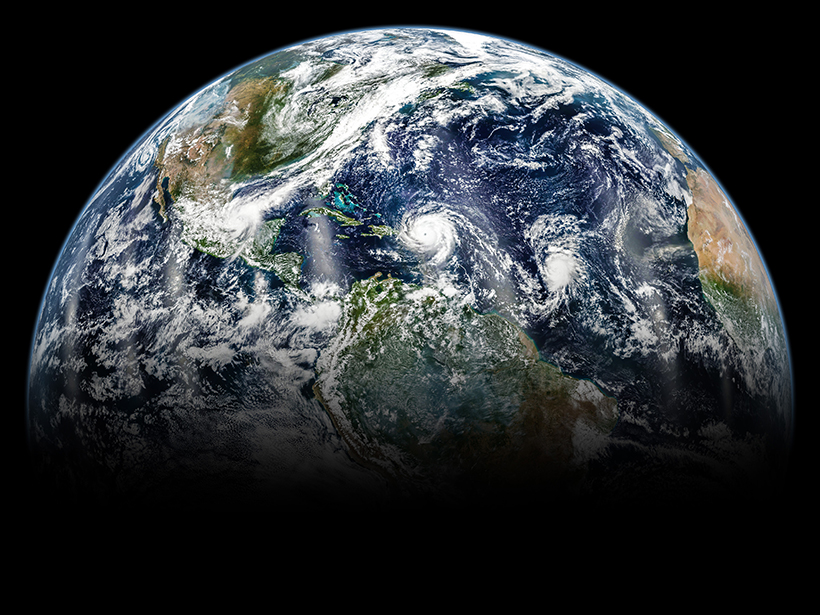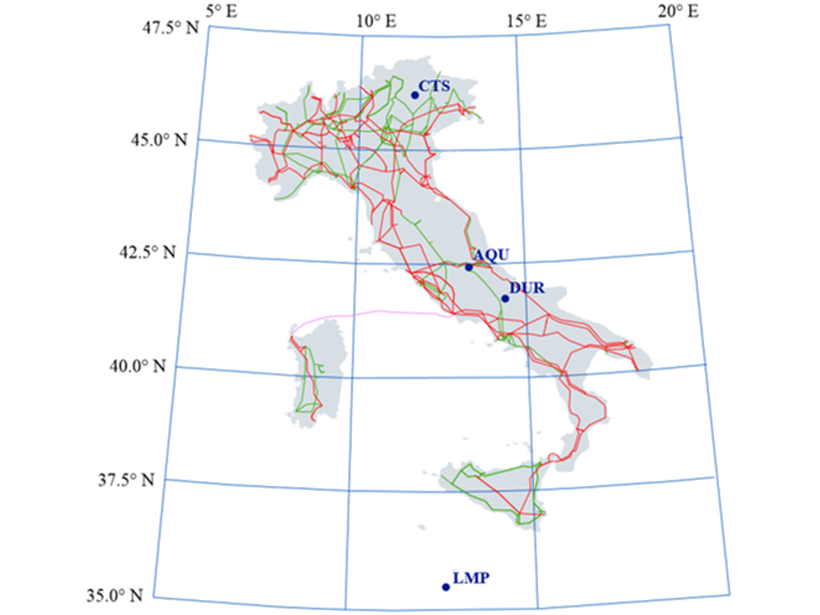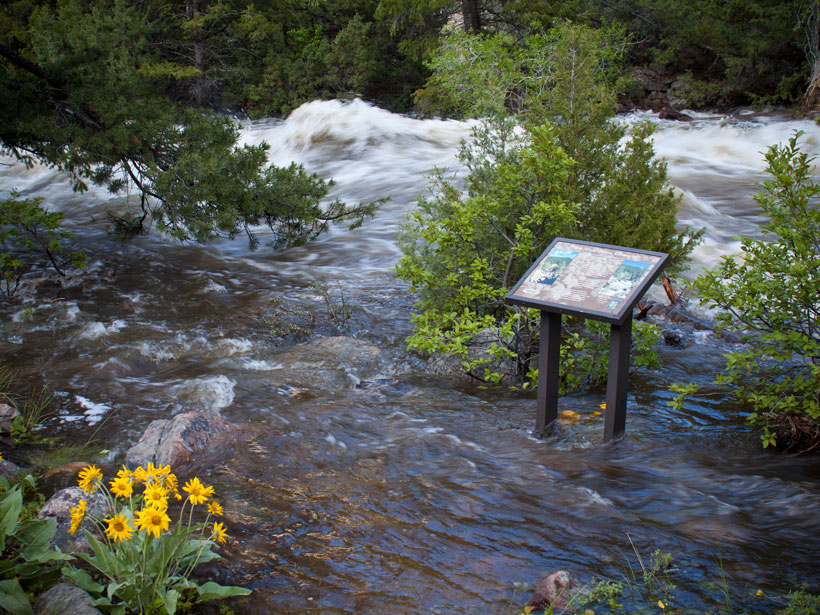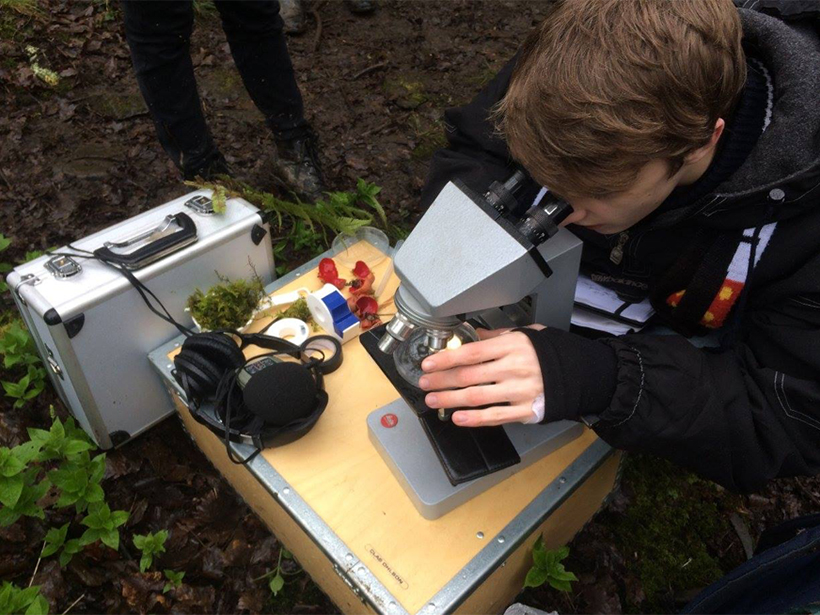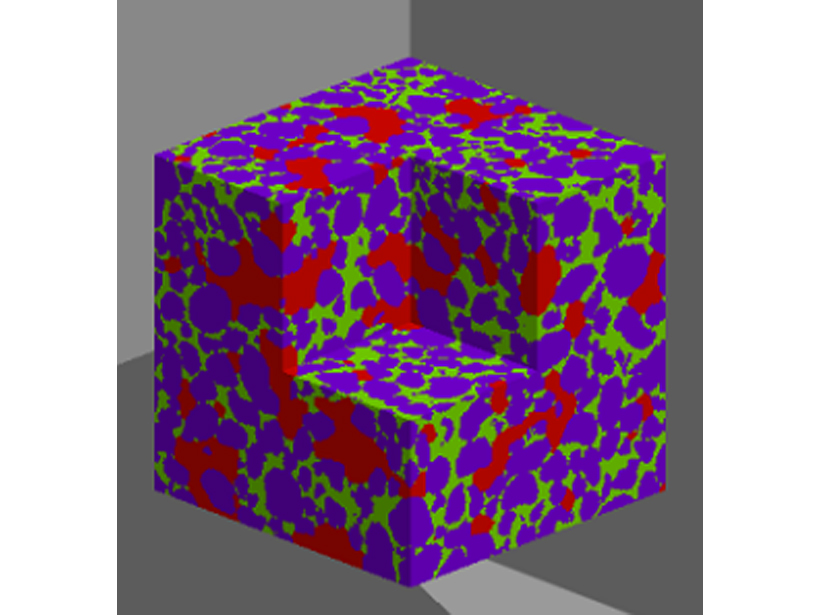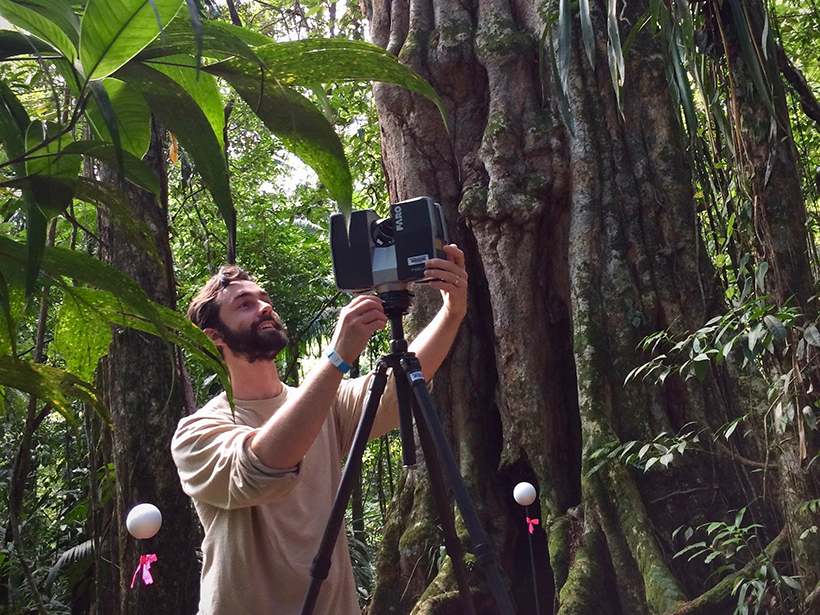For 60 years atmospheric scientist Warren M. Washington has conducted groundbreaking climate modeling—and launched brilliant careers.
CC BY-NC-ND 2019
Finding Sources of Uncertainty in the Spatial Pattern of Warming
The planet is heating up, but uncertainty still exists about how temperatures will change in specific regions. A new study examines sources of uncertainty in the meridional pattern of warming.
Training a New Generation of Data-Savvy Atmospheric Researchers
Pacific Northwest National Laboratory and the University of Washington team up to teach students about state-of-the-art research instrumentation.
A Space Weather Threat in the Mediterranean Region?
The impact of space weather on power grids in Mediterranean countries, such as Italy, needs deeper assessment, including consideration of coastal effects, ground conductivity, and failure reports.
The Unpredictability of Floods, Erosion, and Channel Migration
A new algorithm incorporates randomness into stream channel formation and suggests the approach represents regions with variable flood magnitudes better than standard models.
SciArt: Teaching Across the Interface
A new program brings undergraduates together to collaborate across disciplines and to see their respective fields with new eyes.
Waves of Deadly Brine Can Slosh After Submarine Landslides
Brine pools—hypersaline, low-oxygen waters deadly to many forms of ocean life—can experience waves hundreds of meters high when hit by a landslide, potentially overspilling their deep-sea basins.
New Plasma Wave Observations from Earth’s Magnetosphere
The first simultaneous observations of multiple electromagnetic wave types in Earth’s magnetosphere may inaugurate a new field of inquiry into cross-frequency wave interactions.
Peering into Pores: What Happens When Water Meets Soil?
New research sheds light on the long-standing puzzle of how and why soil water density differs from free water density.
Shutdown Hammers Early-Career Scientists
Work and pay stoppages imperil the career progress and livelihoods of researchers trying to get a start in their fields.


